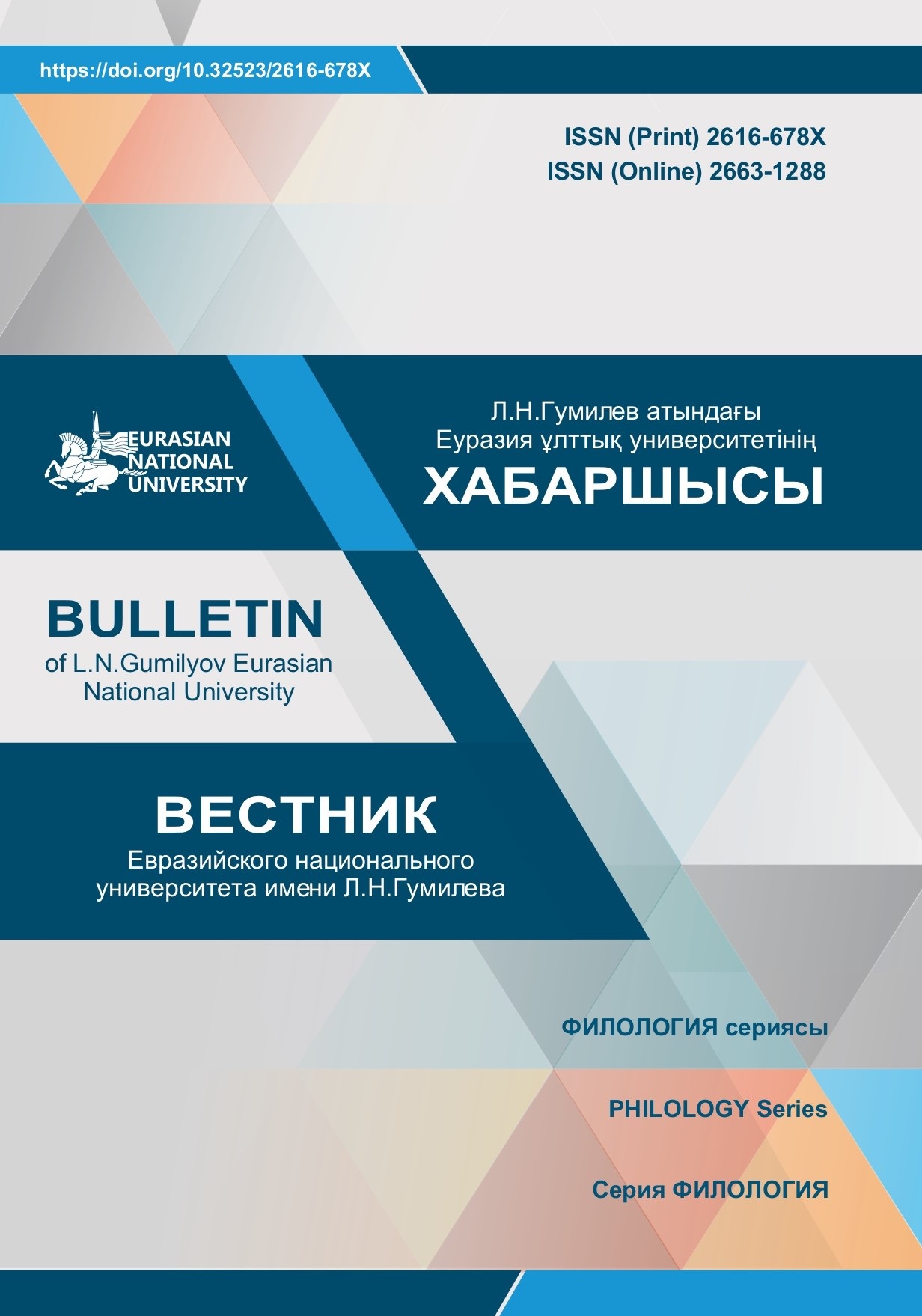Linguistic and cultural features of forbidden words in Chinese and Kazakh languages
Views: 218 / PDF downloads: 181
DOI:
https://doi.org/10.32523/2616-678X-2021-136-3-8-16Keywords:
Forbidden words, taboo, Chinese language, Kazakh language, euphemisms, culture, traditionsAbstract
There are found forbidden words that define and regulate everyday communication in
the language and customs of almost every nation regardless of the language or culture of any nation
in the world. The article compares the features of the use of forbidden words, from the point of view
of the principles of linguoculturology, taking into account language, culture, history, religious beliefs
of the Kazakh and Chinese peoples. Forbidden words in both languages cover all spheres of public
life, allow us to communicate in both languages, also use them correctly in translation, and ensure the
integrity of the dialogue between peoples.
A comparison of forbidden words in a language helps to prevent obstacles that language
learners may face. And the consecutive examples in the article reveal the scale and non-use of
forbidden words, which have become one of the ethnolinguistic phenomena. In particular, general
characteristics of use of forbidden words in both languages are compared from the point of view of
religious, psychological and physiological beliefs. There are considered differences and features,
similarities of forbidden words in Kazakh and Chinese languages on various examples.







